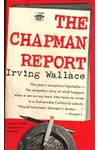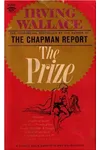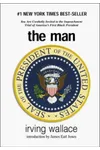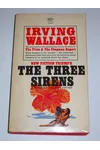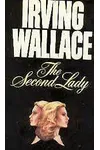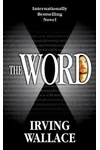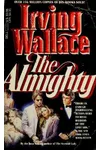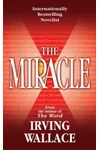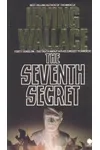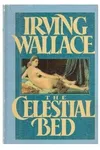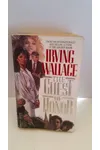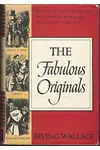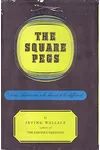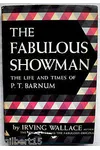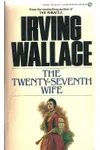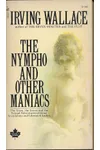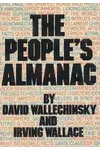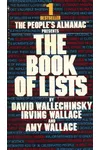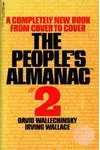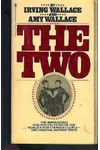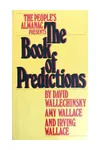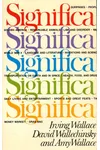Picture a storyteller who spun provocative tales that hooked millions, blending spicy journalism with heart-pounding plots—meet Irving Wallace! Born in 1916, this American novelist and screenwriter crafted populist novels that tackled taboo topics like sexuality, making him a household name despite critical side-eyes. With 33 books translated into 31 languages, Wallace’s work, like The Chapman Report, reshaped mainstream fiction.
From his Chicago roots to Hollywood’s glitz, Wallace’s journey was as colorful as his stories. His knack for weaving meticulously researched facts with bold narratives earned him a loyal fanbase. Let’s dive into the life, works, and lasting spark of this literary trailblazer!
The Making of Irving Wallace
Irving Wallace was born on March 19, 1916, in Chicago, Illinois, to Russian Jewish immigrants Bessie Liss and Alexander Wallace. Raised in Kenosha, Wisconsin, young Irving showed early hustle, selling stories to magazines as a teenager. After attending Kenosha Central High School, he dove into journalism at UCLA, setting the stage for his storytelling career. During World War II, he served in the Frank Capra unit, rubbing elbows with Theodor Seuss Geisel (yes, Dr. Seuss!). His Hollywood stint as a screenwriter for films like The West Point Story was lucrative but unsatisfying, pushing him to chase his true passion: writing books.
Irving Wallace’s Unforgettable Stories
Wallace’s novels were page-turners that blended gritty research with juicy drama, often exploring sex, power, and morality. His breakout hit, The Chapman Report (1960), dove into the sexual lives of suburban women, inspired by Dr. Alfred Kinsey’s studies. It sparked debates and became a bestseller, later adapted into a 1962 film starring Jane Fonda. The Prize (1962) offered a thrilling peek behind the Nobel Prize curtain, showcasing Wallace’s knack for turning real-world intrigue into fiction. The Man (1964) imagined a Black senator becoming U.S. president, a bold narrative that drew both praise and threats. The Word (1972) explored the discovery of a new gospel, blending faith and suspense. Critics called his prose “flat,” but readers couldn’t get enough of his fast-paced, morally charged plots.
Wallace’s style was a unique cocktail: part encyclopedia, part soap opera, with a dash of spice to keep pulses racing. He championed underdogs, weaving their struggles into stories that resonated with blue-collar readers. His collaboration with his wife, Sylvia, and children, David and Amy, produced nonfiction gems like The People’s Almanac (1975) and The Book of Lists (1977), packed with quirky facts that fueled his novels.
Why Irving Wallace Matters
Irving Wallace didn’t just write books; he broke barriers. His frank exploration of sexuality in mainstream fiction helped normalize conversations about desire and relationships, paving the way for modern authors. Despite critical snubs, his global sales—over 200 million copies—proved his populist appeal. His novels, often adapted into films, brought complex issues like race, religion, and power to the masses, wrapped in thrilling narratives. Wallace’s legacy lives in his bold storytelling and the curiosity he sparked in readers worldwide.
- Birth: March 19, 1916, Chicago, Illinois
- Key Works: The Chapman Report, The Prize, The Man, The Word
- Collaborations: Worked with wife Sylvia and children David and Amy on The People’s Almanac and The Book of Lists
- Death: June 29, 1990, from pancreatic cancer
Snag The Chapman Report or The Prize and dive into Irving Wallace’s thrilling world of sex, suspense, and big ideas!

